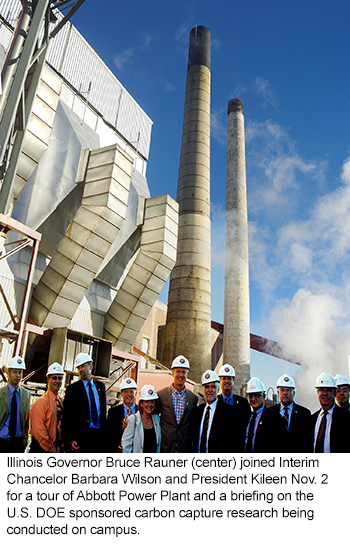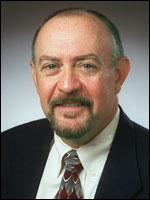 Videos of presentations at ISTC’s anniversary event provide a fascinating look at problems of pollution contamination in Illinois and how the Center contributed to the clean up. Links to the videos will be made available over the next two weeks as they become available.
Videos of presentations at ISTC’s anniversary event provide a fascinating look at problems of pollution contamination in Illinois and how the Center contributed to the clean up. Links to the videos will be made available over the next two weeks as they become available.
ISTC Looks Back, and to the Future During Anniversary
VIDEO 6: Timothy Lindsey As long-time head of technical assistance at the Center, Timothy Lindsey, helped pioneer more effective technical assistance efforts by applying the principals of innovation diffusion. He recalled he and his colleagues at the Center were frustrated when they made recommendations that would clearly save money and trim waste, yet often they were not adopted.
As part of his doctoral studies, Lindsey began to apply the ideas of Everett M. Rogers in his book “Diffusion of Innovation.” Innovations are initially perceived as uncertain and even risky, Lindsey said. They must be demonstrated in the context of the scale and type of the existing process. Innovations are most likely to be shared among trusted peers and the process can be slow.
Lindsey explained that sustainability in an innovative way of doing business, similar to innovations like the assembly line or electronic commerce. Following innovations in sustainable business, he said, financial performance, environmental performance and social performance must be considered over the long term.
Now Global Director of Sustainable Development at Caterpillar Inc., Lindsey has applied principles of innovation diffusion to the multi-national manufacturer. Sustainability has long been important at Caterpillar, he said. But 2104 was a formative year at the company when sustainability became more than just an important thing they do. “Sustainability became an important part of who we are,” as one of the corporation’s core value, he said.
NEXT UP: Kevin Greene, “Pollution Prevention: Looking Back Towards the Future.”










